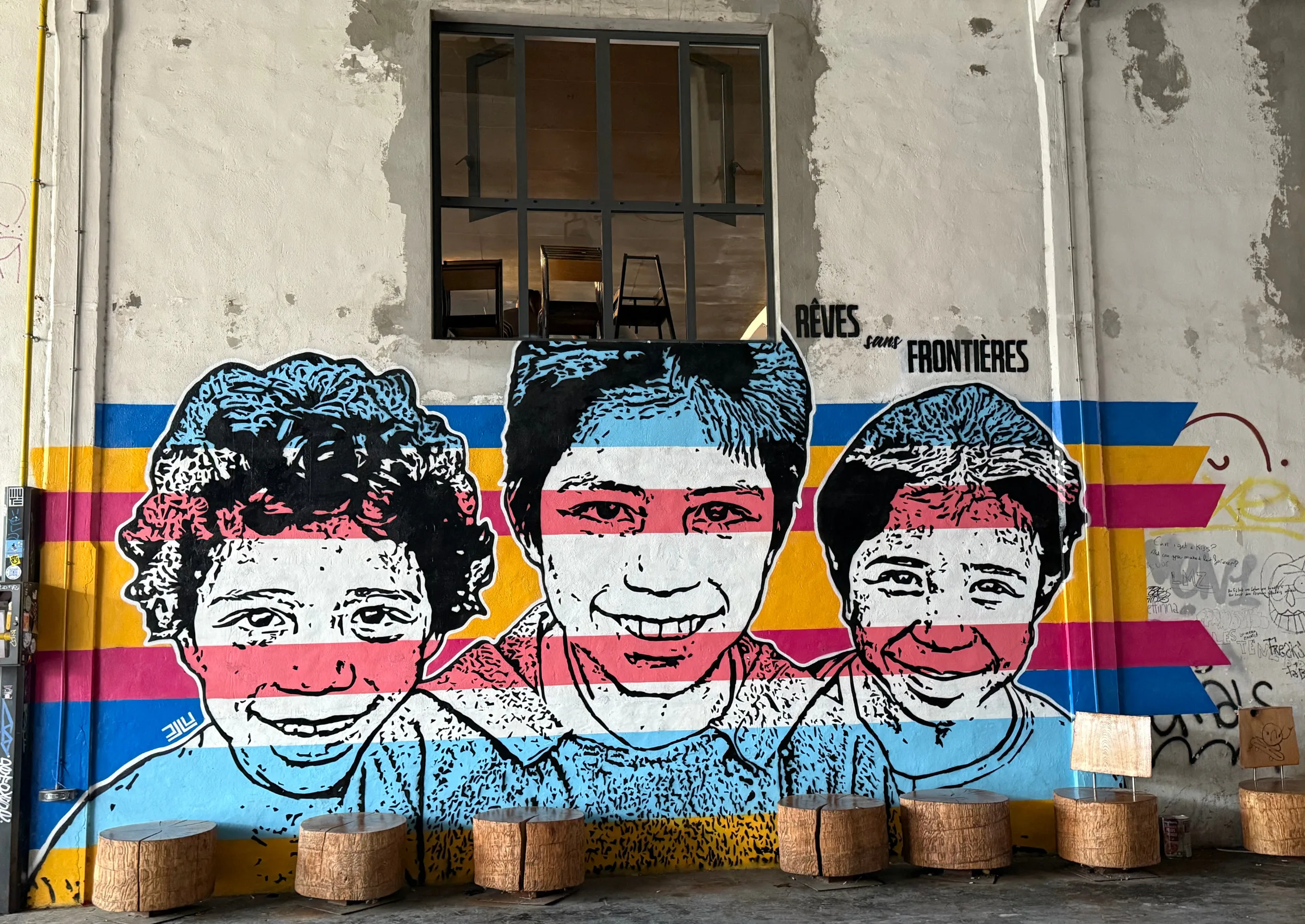The global economic order fails to understand the creative industries as producing trade. Trade statistics do not account for royalty payments. Trade agreements fail to address streaming (typically classified as services, not goods).
Professor Martin Kretschmer and Amy Thomas introduce a new working paper by Antony Taubman, Director of the Intellectual Property Division, World Trade Organisation (WTO), published today by CREATe, University of Glasgow as part of their research for the Creative Industries Policy and Evidence Centre (PEC).
In a time of rapid digital evolution, the creative industries are faced with many challenging questions, especially how to keep pace with changes in how we share and distribute creative content. What does this mean for the relationship between creator and consumer? How does this fit with the legal foundation for monetising creative works?
The juxtaposition between intellectual property (IP), trade, and changing concepts of how creative content is distributed is considered in a new working paper published today by Antony Taubman, Director of the Intellectual Property Division, World Trade Organization (WTO), and published by CREATe (lead for the PEC’s area of work in Intellectual Property, Business Models, Access to Finance and Content Regulation). Here we present an edited transcript of a CREATe public lecture delivered by Anthony Taubman, at the University of Glasgow on 28 November 2018. The paper considers three key areas which are crucial to understand the contribution of the creative industries to trade.
What does it mean to ‘trade’ in creative content?
Existing international trade rules, particularly the WTO Trade-Related Aspects of Intellectual Property Rights (TRIPS) Agreement, have come to be perceived as out-of-date in the face of the rapid technological innovations which have proceeded them. A seismic shift has occurred in how creative content is distributed to the public, namely from content embedded and traded in physical media to a trade in digital and intangible bundles of IP (or “trade in IP as such”) in the form of packets of the other IP (the Internet Protocol). The divorce from the physical carrier of IP content has raised many questions as to the nature of digital content itself: is this a good or service? Can a consumer hold any property interests over this, or simply have a limited right to use it? What are the implications of the entirely new, creative markets that have arisen between now and then? The ontology of creative content itself, and our new relationship with creators in the digital era is therefore of paramount consideration in this paper.
The IP anomaly
Despite this drastic change in property concepts, trade statistics still fail to capture the full value of such IP. It is inherently easier to measure the value and direction of trade in physical goods; hence, the value of trade in creative works is simply not adequately captured in the statistics. Given the important role played by trade statistics in driving political debates this neglect is problematic. We cannot rely on press releases from private companies to determine an accurate picture of royalty flows from digital platforms. This statistical anomaly has high stakes for developing countries seeking to build new trading hubs for IP (particularly in Singapore and Hong Kong). More significantly, anomalies in understanding about how the benefits of trade in IP flow can contribute to international tension.
Global perspective
How have governments globally responded to these issues? Whilst trade in IP packets should (in theory) be a seamless global space, Taubman’s paper finds distinct (and fragmented) governmental responses to the digital revolution across the US, EU and Asia. Recent developments include the revised North American Free Trade Agreement (rebranded “United States Mexico Canada Agreement”) now recognises “digital products” as tradable goods both in intangible and embedded forms (e.g. on a disk). Similarly, the Canada-European Union Comprehensive Economic and Trade Agreement (CETA) recognises “electronic deliveries”, essentially equivalent to “digital product”.
The increasing complexity in the interaction between new trade agreements has potential bearing on how creative content is made available and accessed by consumers. The paper characterizes the different forms of interaction through three metaphors inspired by varieties of pasta: “spaghetti” (a tangle of bilateral preferences), a “lasagna” (a layering of overlapping substantive norms), or “ravioli” (discrete normative bundles transmitted through trade agreements, separated from their trade and legal context).
Faced with these many challenges, the paper reiterates that equity and balance remain at the heart of the IP system. How then, can we calibrate a free, fair and equitable trade system both for creators and consumers? Mr Taubman suggests that an improved dialogue between the policy, practice, and scholarly communities would make a strong start.
Download Antony Taubman’s paper: Discontent Industries? Creative works and international trade law
The next in CREATe’s series of public lectures, in collaboration with the PEC, will take place on Wednesday 13 November. Naysun Alae-Carew, Managing Director of BAFTA-winning independent digital entertainment company Blazing Griffin, will speak on Intellectual Property “terms of trade”: The challenges for entertainment businesses in the emerging platform economy. Find out more and sign up to attend.
Photo by Thor Alvis
Related Blogs
What UK Job Postings Reveal About the Changing Demand for Creativity Skills in the Age of Generative AI
The emergence of AI promises faster economic growth, but also raises concerns about labour market di…
Creative PEC’s digest of the 2025 Autumn Budget
Creative PEC's Policy Unit digests the Government’s 2025 Budget and its impact on the UK’s creative …
Why do freelancers fall through the gaps?
Why are freelancers in the Performing Arts consistently overlooked, unseen, and unheard?
Insights from the Labour Party Conference 2025
Creative PEC Policy Adviser Emily Hopkins attended the Labour Party Conference in September 2025.
Association of South-East Asian Nations’ long-term view of the creative economy
John Newbigin examines the ASEAN approach to sustainability and the creative economy.
Take our Audience Survey
Take our quick survey and you might win a National Art Pass.
Culture, community resilience and climate change: becoming custodians of our planet
Reflecting on the relationship between climate change, cultural expressions and island states.
Cultural Industries at the Crossroads of Tourism and Development in the Maldives
Eduardo Saravia explores the significant opportunities – and risks – of relying on tourism.
When Data Hurts: What the Arts Can Learn from the BLS Firing
Douglas Noonan and Joanna Woronkowicz discuss the dangers of dismissing or discarding data that does…
Rewriting the Logic: Designing Responsible AI for the Creative Sector
As AI reshapes how culture is made and shared, Ve Dewey asks: Who gets to create? Whose voices are e…
Reflections from Creative Industries 2025: The Road to Sustainability
How can the creative industries drive meaningful environmental sustainability?
Creating value: the creative economy beyond culture by Marta Foresti
Marta Foresti explains the value of international cooperation as she becomes Chair of the GCEC.












